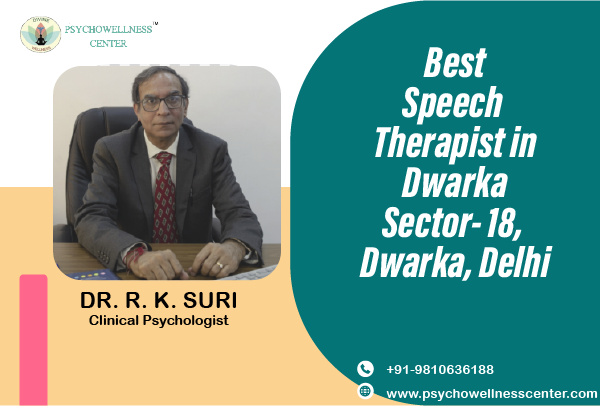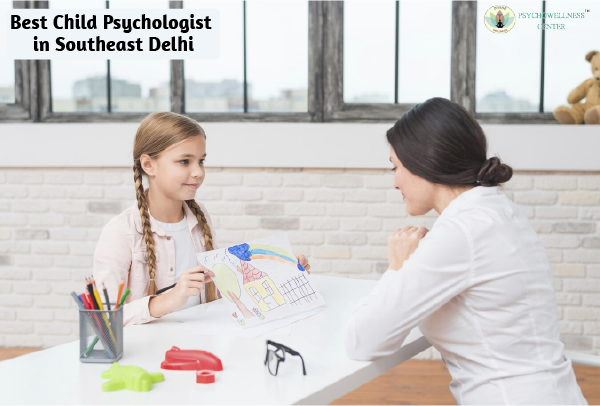Neurofeedback for ADHD how it works and uses

Neurofeedback is a form of somatic therapy that stimulates the brain. It aims to enhance brain function that is dysfunctional in terms of self-control. Thus, stressful mental activity may be reduced.
What is neurofeedback therapy?
Neurofeedback therapy can be used to treat ADHD. You can use neurofeedback to learn to track and control the electrical activity in your brain using an electroencephalogram (EEG), a noninvasive device that measures this activity. By training your brain, the goal is to alter your behavior. Your body and brain are interconnected, so changing one will likely have an impact on the other.
Neurofeedback is one type of biofeedback therapy. Biofeedback wants to teach you how to control a biological function, such as the heart rate or body temperature, using sensors that are attached to your body and electric signals. This can help with headaches and chronic pain.
If you or a loved one has been diagnosed with ADHD, you may have noticed they are more easily distracted or have trouble focusing. The use of neurofeedback therapy may help people improve their ability to focus and pay attention. This can be taught by the Best psychologist delhi or search for the best child Psychologist near me.
What is ADHD?
It can be very challenging to live with ADHD because it can negatively impact daily functioning, interpersonal relationships, and academic and professional performance. People who have inattentive symptoms may additionally experience the following symptoms:
Making errors in daily activities, at work, and in school due to a lack of attention to detail
Struggles to pay attention while playing as well as when performing necessary tasks like working and communicating
Difficulties having finished tasks or work projects because of problems maintaining concentration
Issues with timeliness and deadlines
Losing important items like wallets, keys, and phones
Avoiding activities that demand concentration and focus
Easily distracted and sensitive to forgetting important daily tasks
Some people may exhibit impulsivity and hyperactivity, which can include the following:
Inability to remain seated when necessary
Feeling restless all the time
Excessive and frequently unfiltered talking
Frequent interruptions of conversations by others
Inability to continue fun activities in silence
ADHD Therapy
A variety of psychotherapy, medication, psycho education, and lifestyle changes can be most effective in treating ADHD, which frequently necessarily involves a holistic approach. Cognitive-behavioral therapy is the suggested form of psychotherapy. People can better connect their feelings, thoughts, and actions with the help of this therapy. People may then start to control some of their ADHD symptoms as a result of this. Additionally, behavioral therapy may be recommended for kids. The goal of this kind of therapy is to teach patients how to control their behavior and emotions.
How Does Neurofeedback Therapy Work?
One-of-a-kind neurofeedback therapy involves monitoring brain waves while receiving neurofeedback from a Counseling psychologist.
The tool used is an electroencephalograph (EEG), which measures the various brain waves' various frequencies. One will have EEG electrodes attached to their head. Keep in mind that because the electrodes don't deliver an electrical current, they don't cause any uncomfortable sensations. Theta and beta waves are those most frequently affected by ADHD. High or low theta power, as well as high theta and beta rations, are typical symptoms of ADHD. By balancing the theta and beta power, neurofeedback works. So, the signs of ADHD may reduce as an outcome.
How Neurofeedback Therapy Effectively Treat ADHD?
If medication has not been successful in treating the condition or when the negative side effects outweigh the positive behavioral changes, neurofeedback therapy may be a good option for you or your child. Neurofeedback therapy may also offer hope if you simply don't want to medicate yourself or your child for ADHD and would prefer a more all-natural, holistic approach.
ADHD can be successfully treated with neurofeedback. Experiments have shown that neurofeedback therapy, even with just 30 sessions, can reduce ADHD symptoms just as well as common stimulants. It is not uncommon for someone who has received intense neurofeedback treatment to no longer require medication for ADHD. If you're thinking about using neurofeedback as a treatment for ADHD, the first step in figuring out if it's the right fit for you is to have a conversation with your therapist or an Online counselor.
An EEG device is used in the therapy known as neurofeedback to assist people with ADHD in controlling their brain activity.
In order to find out more about neurofeedback therapy, determine whether you or your child is a good candidate, and get any concerns or questions answered, you can speak with a TalktoAngel expert who specializes in children's treatment.
Visit TalktoAngel, a group founded by a child Therapist in delhi and expert, to learn more about ADHD and treatment options.
Additionally, you may schedule an appointment with the top professional psychologists and receive Mental health counseling at the Psychowellness Centre, which has many locations in Delhi NCR, NOIDA, Faridabad, Janakpuri, Dwarka, and Vasant Vihar.
Contribution: Dr (Prof) R K Suri, Clinical Psychologist, life coach & mentor TalktoAngel & Ms. Swati Yadav, Psychologist.




SHARE